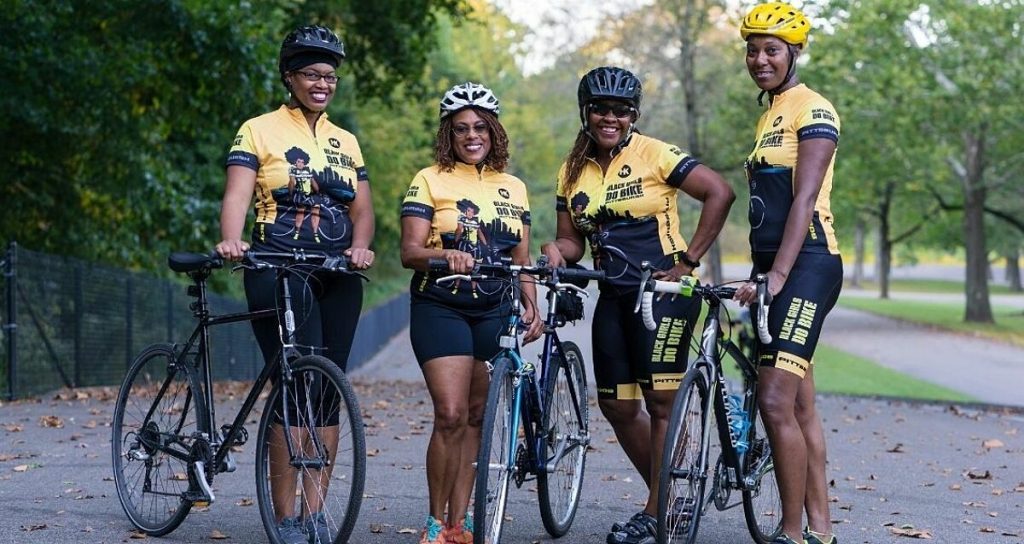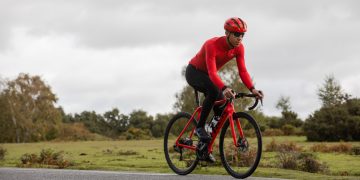Trends in Female Participation in Cycling
The world of cycling has traditionally been dominated by men, both in terms of participation and industry influence. However, over the past decade, the landscape of the cycling world has experienced a significant shift. More and more women are taking to bicycles, not just for leisure, but as a means of transportation, exercise, and even as a competitive sport. This growing trend is reshaping the cycling industry and is beginning to influence how products are designed, marketed, and sold.
According to recent studies, women are now responsible for a significant portion of cycling sales worldwide. In fact, a 2022 report by the Bicycle Product Suppliers Association found that women accounted for over 30% of total bike sales in the U.S., a significant jump from previous years. As women become more involved in cycling, their needs, preferences, and voices are beginning to influence the direction of the industry.
The Rise of Women-Specific Products
One of the most noticeable shifts in the cycling industry is the emergence of women-specific bicycles and gear. Historically, bicycles were designed with male physiology in mind, often resulting in uncomfortable or inefficient riding experiences for women. However, with the growing number of female cyclists, bike manufacturers have started developing products that cater specifically to women’s needs, from frame geometry to saddle design.
Brands like Liv Cycling, a subsidiary of Giant Bicycles, have been leading the charge in creating women-specific bikes, gear, and accessories. Liv’s approach to female cycling involves not just adjusting the physical attributes of the bike but also focusing on aspects like comfort, performance, and style. Their women’s endurance bikes and women’s road bikes are designed with lighter frames, more ergonomic handlebars, and smaller cranksets to better suit women’s body types and riding styles.
Other companies like Trek and Specialized have also expanded their range of female-focused products, while some even offer gender-neutral bikes that can be customized to suit a variety of body types. The idea is that cycling is not a one-size-fits-all activity, and recognizing the different needs of female cyclists is essential for growing the sport.
More Women in Competitive Cycling
While recreational cycling has seen significant growth among women, competitive cycling has also witnessed an encouraging increase in female participation. Women’s professional cycling has grown in prominence, thanks to increasing media coverage, sponsorships, and higher prize purses. Races like the Tour de France Femmes (the women’s version of the famous Tour de France) have gained considerable attention, showcasing the talents of female cyclists on an international stage.
As a result, more women are entering competitive cycling, both at the amateur and professional levels. This rise in participation has led to the creation of more women’s cycling teams, better representation in races, and increased opportunities for female cyclists to receive sponsorships and financial backing. In fact, the number of professional women’s teams has grown by 30% in the past decade, and more female athletes are emerging as role models, encouraging younger generations of women to get involved in cycling.
Moreover, cycling events like women’s mountain biking competitions and gravel races are becoming increasingly popular, creating more opportunities for women to participate in different disciplines of the sport. These events not only highlight women’s abilities in cycling but also serve as platforms for community building and advocacy.
Expert Discussions on Gender Dynamics in the Cycling Market
Experts are beginning to take notice of the shifts in cycling culture driven by women. According to Emily Thorne, a cycling industry analyst and co-founder of Women in Cycling—a global community dedicated to empowering female cyclists—“The growing involvement of women in cycling is not just a trend but a significant shift in the fabric of the cycling industry. It’s creating opportunities for women to define how the sport is practiced and perceived, from the bikes we ride to the races we participate in.”
Thorne emphasizes that the increase in women’s participation in cycling is prompting manufacturers to rethink not only how they design products but also how they approach marketing and community engagement. “We’re seeing more inclusive marketing strategies that showcase women of all ages, body types, and ethnic backgrounds enjoying cycling. This is important because it reflects the diverse range of women who are part of the cycling community,” she says.
The rise of social media and online communities has also played a significant role in women’s growing presence in the cycling world. Platforms like Instagram, Facebook, and Strava have given women cyclists a space to share their experiences, promote inclusivity, and support each other. Online communities have become important resources for women who are new to cycling, offering tips on bike maintenance, riding techniques, and safety advice. Social media influencers in the cycling world, such as Sarah Sturm and Ayesha McGowan, have used their platforms to highlight the importance of representation in cycling and advocate for better opportunities for women.
While there has been significant progress, experts acknowledge that there are still barriers to overcome. Rachel Green, an expert in cycling culture and gender studies, believes that despite the progress, gender inequality remains an issue. “Although we’re seeing more women participating in cycling, there are still structural barriers such as unequal access to cycling facilities, lower sponsorship opportunities for women athletes, and a lack of female representation in leadership roles within cycling organizations.”
Green also points to the underrepresentation of women in cycling media and the continuing gender pay gap in professional cycling as challenges that need to be addressed. “For the cycling industry to truly be inclusive, there needs to be a more concerted effort to elevate women’s voices in decision-making roles and ensure that their contributions are valued equally,” she adds.

The Impact of Women’s Cycling on the Industry
As women continue to shape the future of cycling, their impact is being felt across various sectors of the industry. The growing demand for women-specific products has driven innovation, leading to the development of lighter, more comfortable bikes with better ergonomics. Furthermore, cycling apparel has seen significant improvements, with brands offering more stylish, functional, and comfortable clothing designed specifically for women.
In addition to product design, women’s cycling advocacy groups are also pushing for changes in cycling infrastructure. In cities where cycling has traditionally been male-dominated, women’s advocacy organizations are working to ensure that bike lanes and facilities are inclusive and safe for all cyclists. These efforts are driving local governments to invest more in cycling infrastructure that meets the needs of female cyclists, from safer roads to more accessible bike-sharing programs.
The increasing presence of women in cycling is also prompting more businesses to rethink their approach to sustainability and social responsibility. Many women-led cycling organizations advocate for eco-friendly cycling solutions, such as promoting the use of sustainable materials in bikes and gear, reducing carbon emissions in the manufacturing process, and encouraging more environmentally conscious biking habits. These movements are helping to shape the future of the cycling industry, creating a more inclusive and sustainable cycling culture.
Conclusion: Are Women Leading the Charge in Cycling Industry Changes?
Women’s involvement in cycling is no longer a marginal trend but a driving force that is reshaping the cycling industry. As more women embrace cycling, the industry is responding with products and initiatives designed to meet their needs and reflect their values. From women-specific bikes to more inclusive marketing strategies and a growing presence in competitive cycling, women are undoubtedly leading the charge in transforming the cycling landscape.
However, experts agree that there is still much work to be done to ensure that the cycling industry is truly inclusive and equitable for all. While progress has been made, gender inequality remains an ongoing issue that needs to be addressed at all levels of the cycling world. By continuing to push for better representation, access, and opportunities, women will continue to shape the future of cycling for years to come.





































Discussion about this post